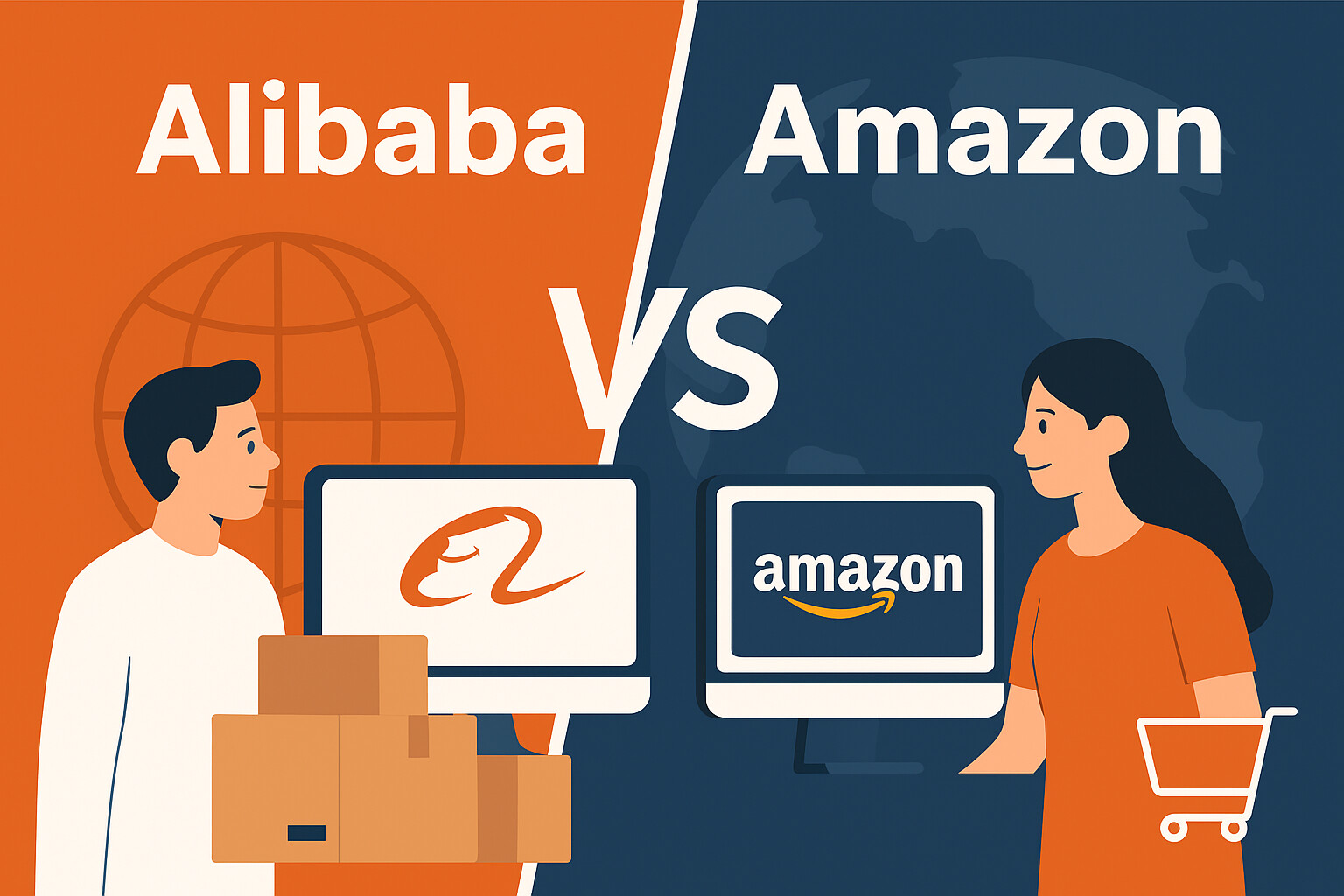Delivery Issues in E-Commerce: What Retailers Should Consider Now

For Amazon sellers in Germany, a lot has changed. Above all, the Corona pandemic has had a massive impact on trade and has demanded a lot from companies. The resulting delivery issues continue to pose challenges for sellers. In addition, geopolitical factors such as the Ukraine war have also led to supply shortages and continue to do so. But how can sellers respond to these developments and position themselves in such a way that customer satisfaction does not suffer?
Supply shortages and inflation hit e-commerce hard
Above all, the delivery of new goods for inventory is increasingly causing problems for sellers. There is still no end in sight for the supply shortages this year. At the same time, the freight capacities of ships are exhausted. Many freighters remain at the major trading ports in Asia due to the pandemic. As a result, there are often significantly fewer transport options available on ships than before the pandemic. This greatly delays the delivery of goods. In addition, the Ukraine war is causing numerous supply shortages for certain products.
Although pandemic-related supply shortages have decreased, they continue to have a noticeable impact on trade. The delivery times in retail are still about 30 days longer than before the Corona crisis. To prevent empty shelves, sellers are increasingly relying on larger orders. However, the increased order volume further reduces the freight capacity on ships. A vicious cycle for both offline and online retail, as well as for the economy. But there is a small ray of hope: During the Christmas season last year, the supply shortages eased somewhat – although probably only temporarily. This is indicated by the current IFO survey on the delivery situation in retail.
And it’s not just the logistical challenges that contribute to the supply problems. Additionally, high inflation complicates the situation for sellers. The reason: Transport prices have risen sharply due to limited capacities and high energy costs, putting pressure on sellers. Rising purchase prices for various goods, such as consumer electronics or in the automotive industry, add to this. On one hand, sellers must pay the increased costs to continue offering products. On the other hand, they face the challenge of compensating for the increased prices without losing too many customers due to excessively high final prices.
However, sellers still have the opportunity to position themselves in the current situation so that they can continue to offer their customers a wide range of products. The key to this is proper preparation.
Delivery Issues? Here’s How Retailers Can Avoid Them
First of all: Delivery issues are not solely dependent on a single factor, as the current situation shows. However, Amazon sellers can take some precautions to counteract the delivery problems.
Timely planning protects against shortages
For sellers, early planning of their inventory is essential to continue offering products to customers in the event of delivery delays. The earlier they reorder goods, the more time they generally have until the products must arrive in stock. This way, potential shortages or delays can be more easily mitigated. Additionally, early ordering has another advantage: In the case of significant delivery delays, sellers can quickly and flexibly respond and look for new suppliers. In the event of delivery failures, they can also rely on the existing stock.
Caution is advised when it comes to seasonal goods. Sellers should be more reserved in ordering these items during delivery problems, as otherwise, these products may remain in stock outside of the actual season and take up unnecessary storage space. In general, it is important for sellers to set priorities when selecting their goods – especially regarding bestsellers. This way, they can avoid shortages in deliveries. However, sellers should refrain from threatening penalties for delivery delays to their suppliers to a certain extent. This could jeopardize the collaboration in case of doubt.

Do your products have the potential to become bestsellers?
To successfully increase your profits, you need clarity about your performance. Keep an eye on the profit development of your products using SELLERLOGIC Business Analytics and make timely data-driven decisions to fully leverage the potential of your Amazon business. Discover now!
Transparency remains an important topic for retailers
For sellers, having a good logistics partner by their side is essential. And communication between them plays a significant role. The keyword: Transparency. Especially during peak times, the exchange between retail and logistics providers must function smoothly. Because during promotional days like Black Friday, logistics companies can quickly reach their limits. To prevent overloads from occurring in the first place, there should be constant contact between sellers in e-commerce and logistics. The same applies to consumers. To maintain trust with their customers, sellers should communicate delivery problems in a timely manner.
Consumers will appreciate the honesty towards them and will be prepared for any potential delivery delays. At this point, a well-structured customer service can also help address problems early and offer solutions if necessary.
Regular data evaluation – the foundation for businesses
A relevant topic for retailers is also the supply chain. Retailers should pay special attention to it. Early data analysis regarding their own supply chains prevents complications in deliveries. If discrepancies do occur, quick data insights can help respond to changes promptly. For sellers, software systems that transmit supply chain data in real-time are useful at this point. It is important that the systems are integrated at all interfaces for a smooth process. This way, sellers can easily monitor goods in and out and find alternatives for delivery more quickly in case of emergencies.
Conclusion: Keep Everything in View
Even though the situation regarding supply shortages is gradually easing, sellers should remain vigilant. Good planning and preparation are crucial here. The integration of software systems also facilitates data collection for sellers and provides the opportunity to identify difficulties in a timely manner.
In addition, a certain flexibility is necessary in e-commerce – whether in the form of alternative transport routes or products. Most importantly, communication between suppliers and retailers remains crucial. If this is transparent and smooth, nothing stands in the way of good cooperation between trade and logistics despite delivery problems.
Image credit: © Idanupong – stock.adobe.com










